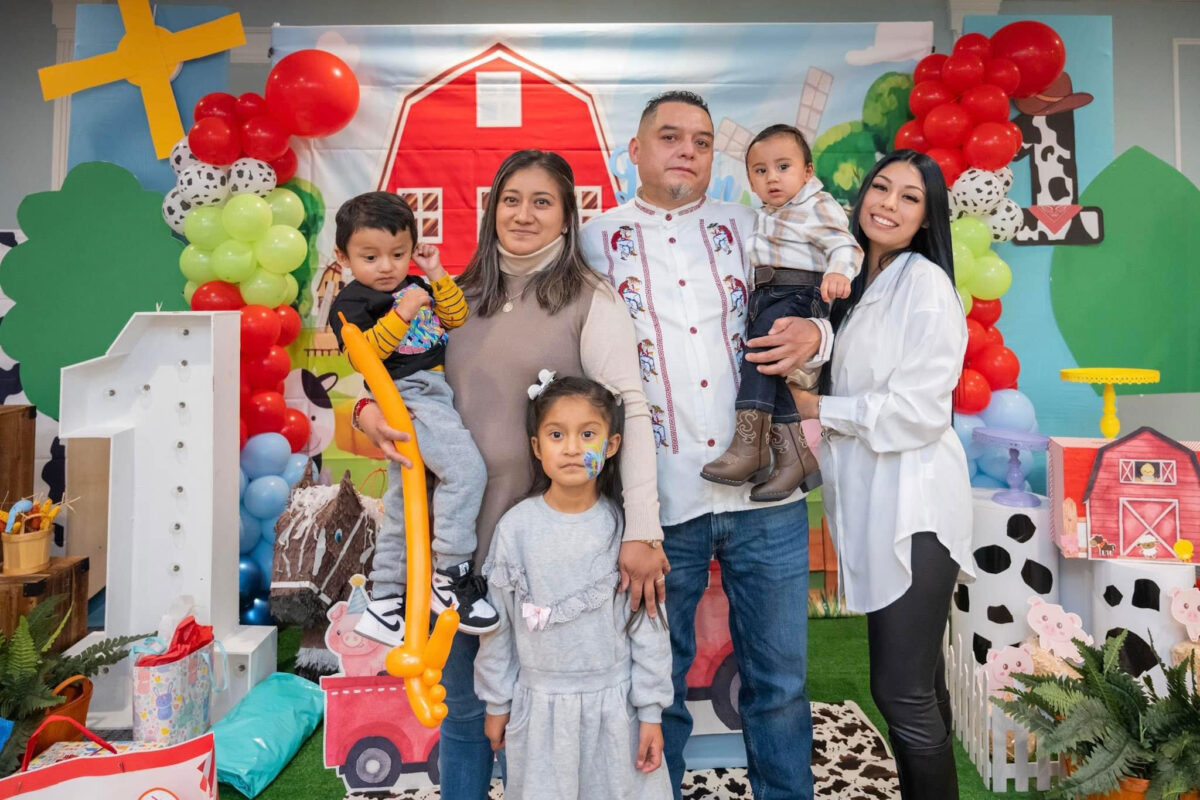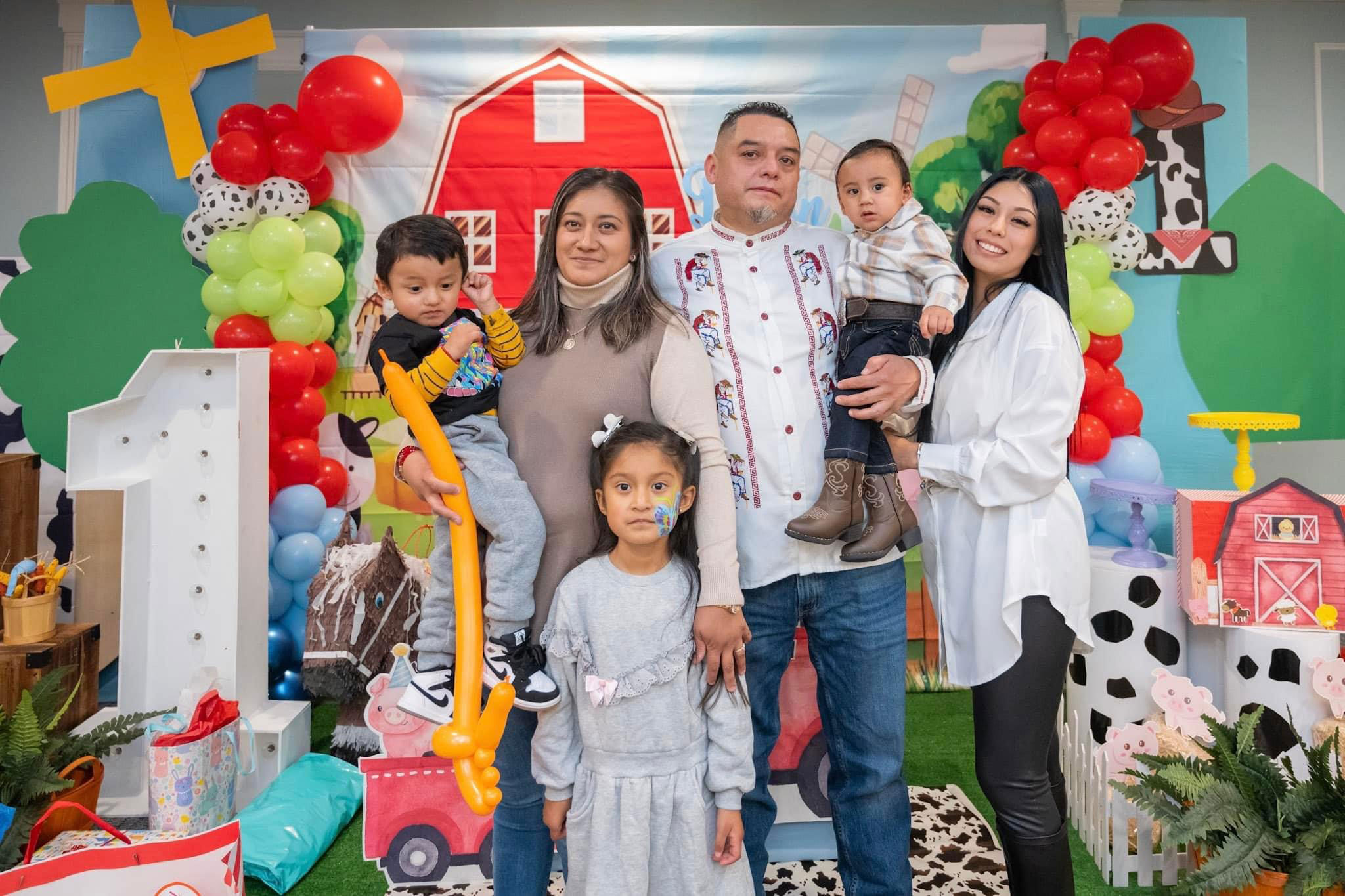
Guadalupe González beams with pride as she watches her daughter Sofía, age seven, effortlessly navigate between Spanish and English.
"Sofía is my teacher. She is my seven-year-old daughter who speaks Spanish and English perfectly," she says.
For Guadalupe, a former elementary school teacher from Michoacán, Mexico, Sofía's bilingualism represents more than just learning languages. It symbolizes embracing dual identities and honoring family roots.
"It is important to me that my children are bilingual," Guadalupe says. "It’s important that they feel proud to live here in the U.S., to be from the U.S.—but that they keep the roots of their culture."
Role Modeling Bilingualism
Eight years ago, Guadalupe moved with her family to Boston, Massachusetts. A devoted wife and mother of two, she sees bilingualism as a conduit for her children to maintain a connection to Mexico.
"Speaking Spanish helps them to maintain strong family and cultural bonds so that they don't lose their culture," she says.
Even her younger son, three-year-old Jesús, is picking up both languages.
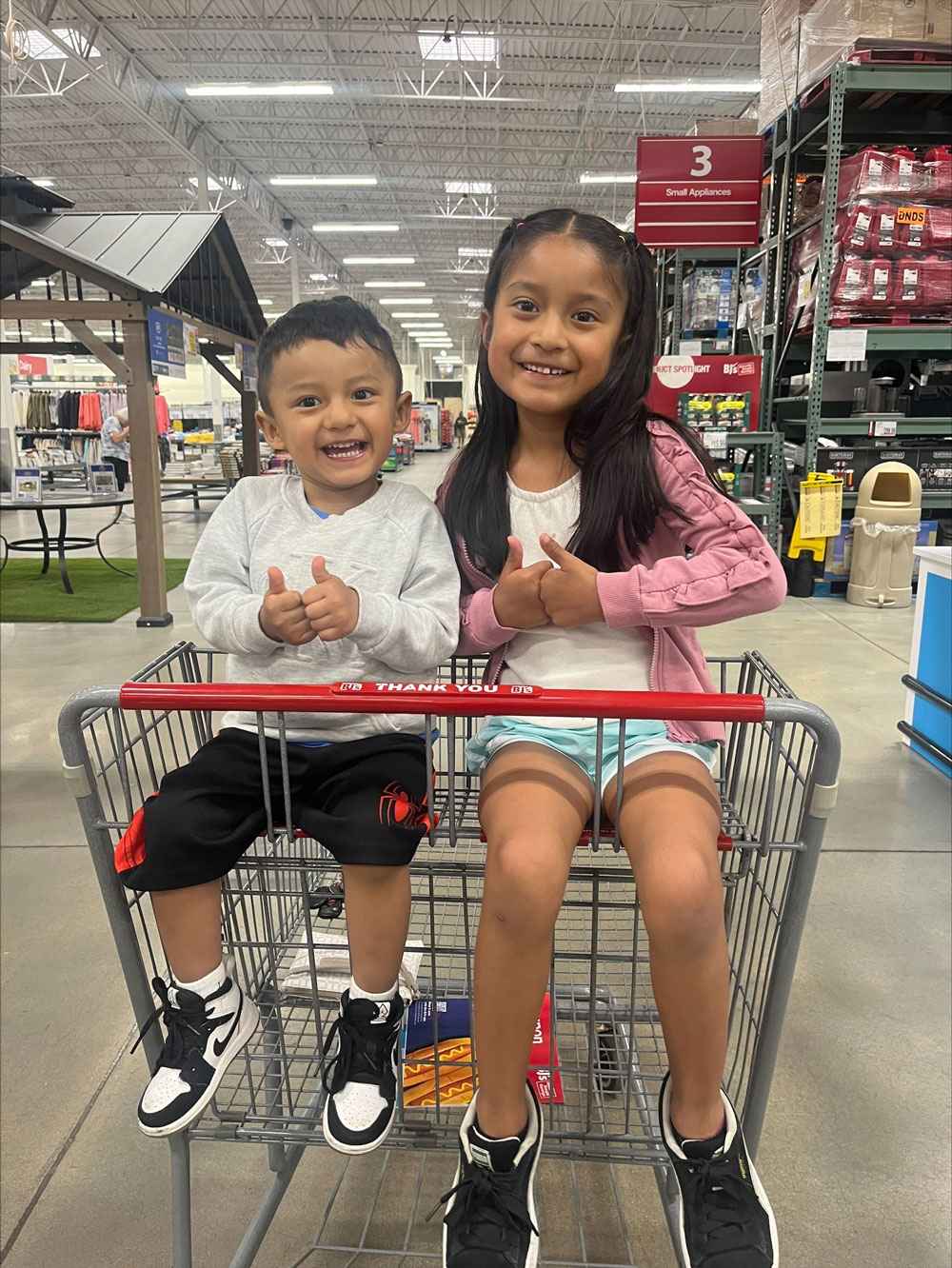
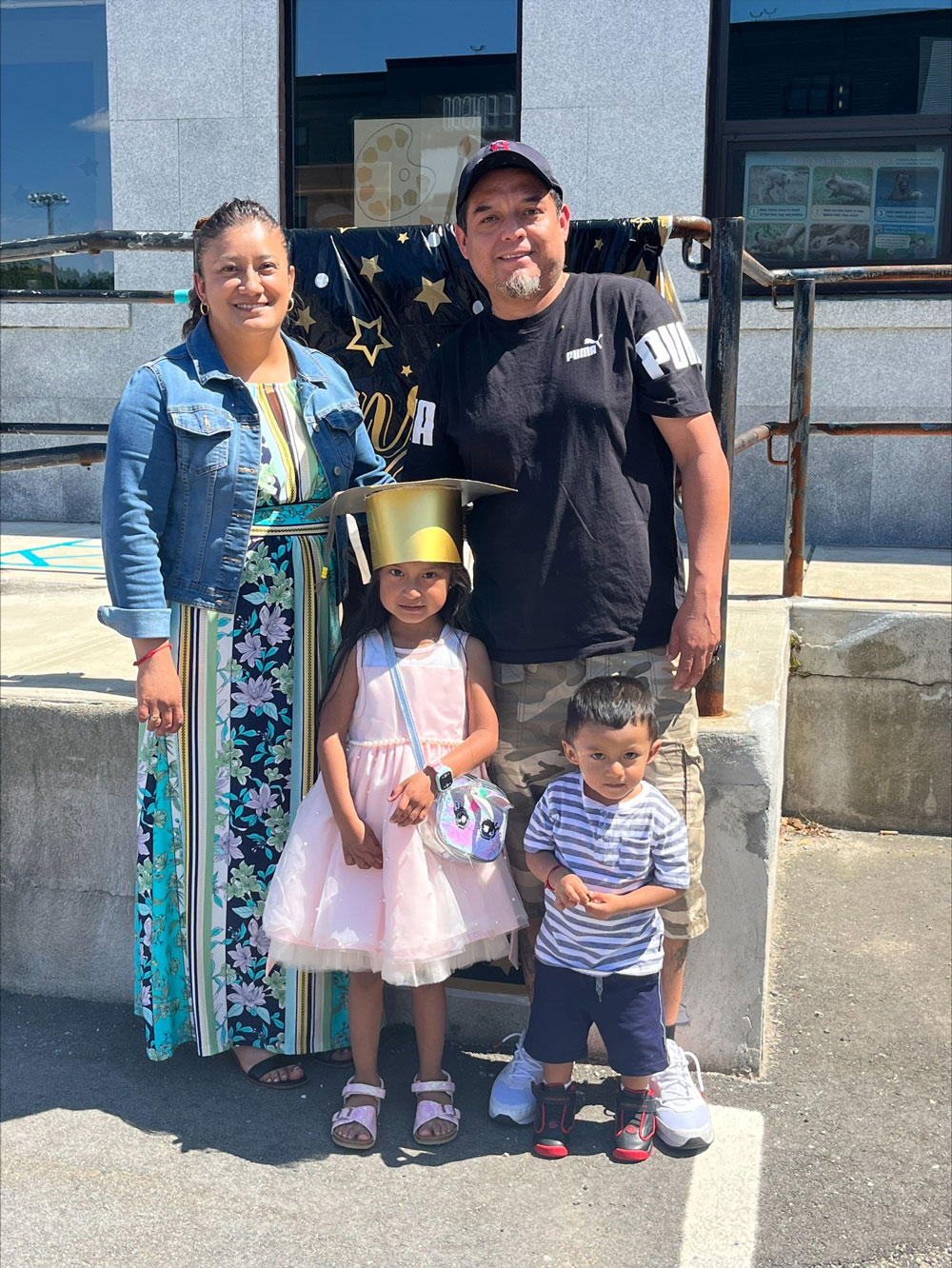
“Learning two languages helps my children be more successful in school, and it builds new friendships. It builds friendships for me, too.”
As a role model, Guadalupe is learning English herself. She takes English classes alongside other immigrant mothers at the Waltham Family School. The program provides English classes to parents while their children attend preschool.
She smiles widely, gesturing around the room, “I spend my morning hours studying here from nine a.m. to noon. My son is in preschool and I am studying my English. It is an excellent program.”
Pushing herself to learn English not only sets an example for her kids, but also helps her overcome daily barriers.
"I have experienced the English language barrier many times. I need something, but I don't know how to express it because I don't speak the language," Guadalupe says.
"My daughter grew up in Mexico for two years. So she speaks Spanish very well. And when she got here, well, children are sponges and they absorb everything. So she learned English pretty quickly. That motivated me to go to school and learn.”
Benefits of Bilingualism
The 2024 National Latino Family Report shows a strong sentiment among Latino families nationwide regarding the importance of bilingual education.
A significant 90% of families stress the crucial role of multilingual education in early childhood for preserving cultural heritage and ensuring future opportunities.


Research has shown that access to quality bilingual programs early in life can have major downstream effects. By 8th grade, bilingual learners have been shown to outperform monolingual peers in reading, math, and attendance.
Not only that, Professor Rebecca Callahan writes, “bilingual young adults are more likely to graduate high school and go to college, they are also more likely to get the job when they interview.”
Guadalupe is impressed with the quality public schools and English resources available through programs like Waltham Family School. Still, she wishes there were even more bilingual teachers and programs.
"I am very happy with the education my children receive, this school is well-equipped with good facilities," she says. "In Mexico, I was a teacher, I graduated with a degree in elementary education. So when I arrived here, I was shocked by the difference. It’s so much better."
However, the number of bilingual educators is not keeping pace with America’s increasingly diverse student body.
The Century Foundation reports only about 13% of teachers are bilingual—whereas 21% of U.S. children speak a non-English language at home. The lack of bilingual teachers poses a significant obstacle to creating an inclusive educational environment for Latino children.
The 2024 National Latino Family Report shows 93% of families support increasing teacher compensation, hoping to attract more diverse candidates into the profession. Similarly, 92% back funding to encourage Latinos to pursue degrees in early childhood education.
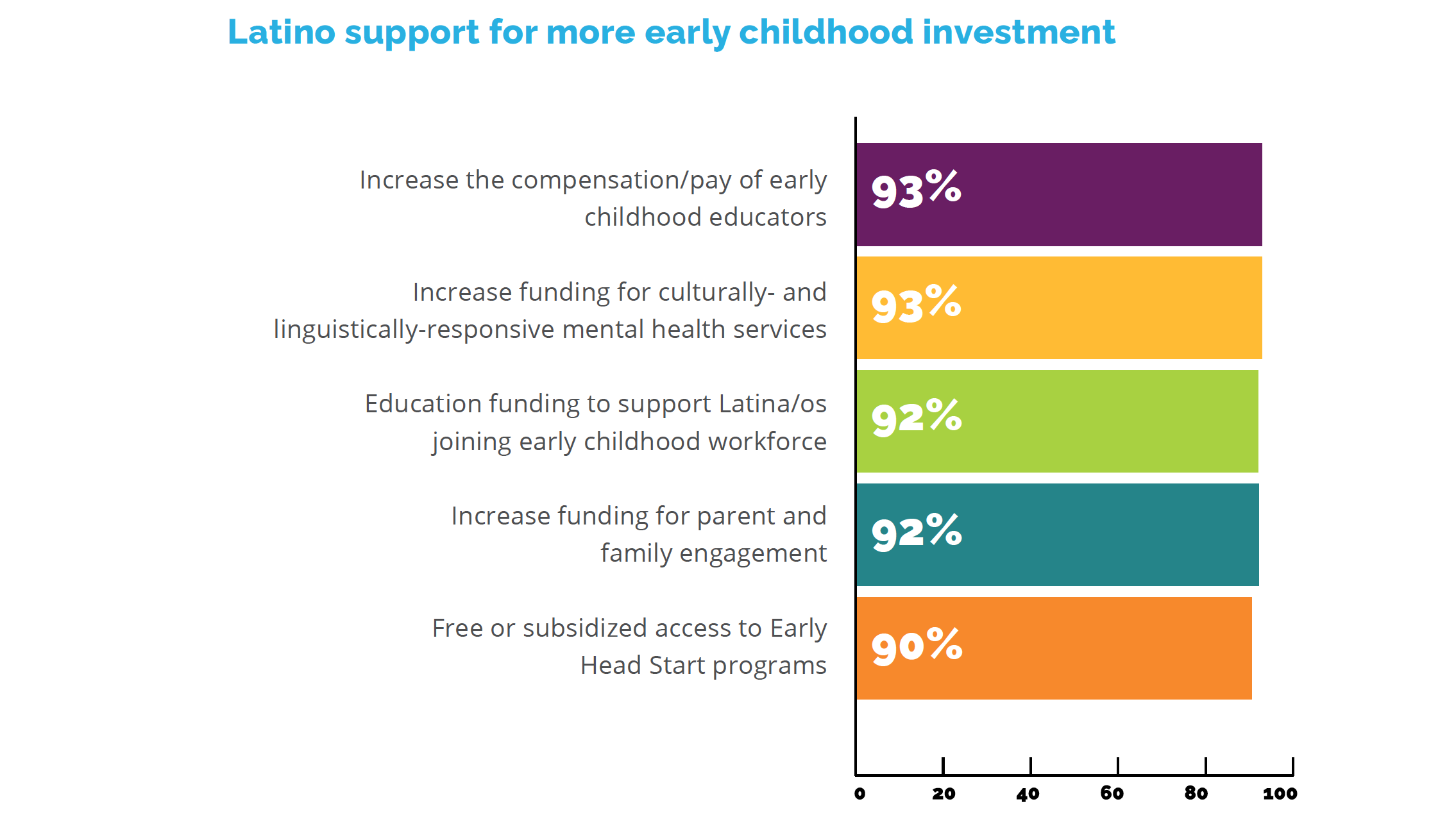
The Future is Bilingual
Not only does bilingualism improve academic performance, it’s a proven avenue to better job opportunities. On average, bilingual professionals can make between 5-20% more per hour.
Forbes reports that bilingual abilities boosted salary and job prospects by as much as 35%, and that nine out of 10 employers rely on employees who speak a language other than English, particularly when considering expansion into new global markets. The article found 56% of employers project their demand for bilingual and multilingual speakers to soar over the next five years.
Guadalupe wants to ensure her children have the best future possible. With bilingualism linked to higher wages and expanded career options, she sees their dual language abilities as a key to their success. Just as English opened doors for Guadalupe, she knows Spanish and English fluency will empower her kids.
“Education is the most important thing,” Guadalupe says. “It will generate a great future for this country.” That’s why she urges the government to invest more in early bilingual programs. “We need more programs like Abriendo Puertas/Opening Doors and Waltham Family School. If the government were to support this education sector more, that would be fundamental for the future.”
For Guadalupe and her family, bilingualism is a conduit for a richer, more interconnected identity. She sees bilingualism as a bridge to understanding between both American and Mexican cultures.
“Mainly, I think speaking multiple languages generates more empathy,” she says. “Bilingualism will help them to help others—they will contribute to the community and to the people around them. That's what I want for my children.”
Indeed, there is powerful evidence that multiple language learning helps children develop deeper empathy, understanding, and better social skills. As our country becomes more diverse, and our economy becomes more globalized, these skills will set future generations apart.
Bilingualism weaves together language, culture, and identity to empower children like Sofía and Jesús to embrace their dual heritage. Guadalupe's perseverance in studying English while raising bilingual children illustrates how multilingualism can foster understanding, create prosperity, and build a brighter future.

